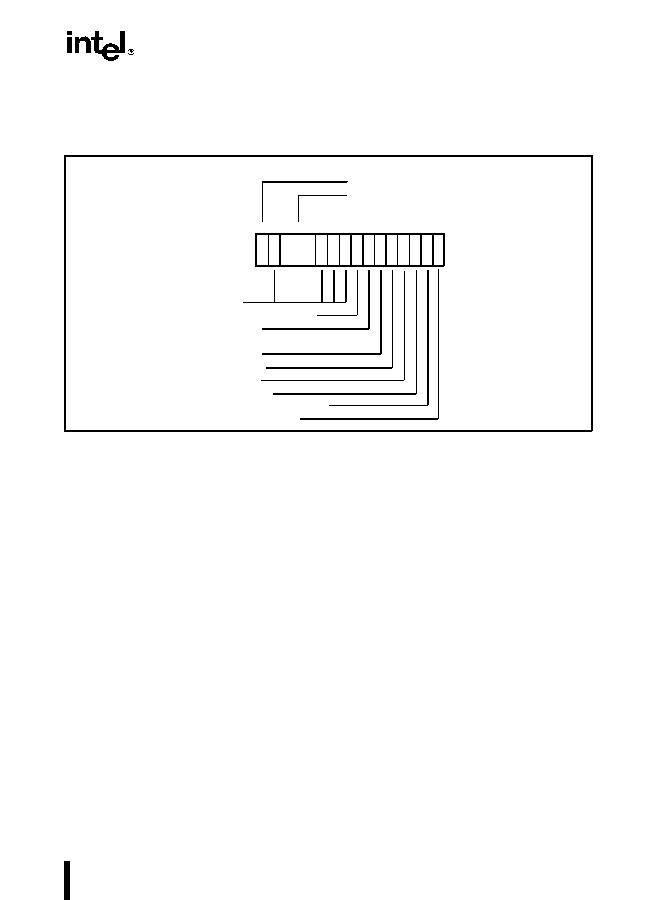7-13
FLOATING-POINT UNIT
point instructions set the condition code flags. These condition code bits are used principally for
conditional branching and for storage of information used in exception handling (refer to
Section 7.3.3., Branching and Conditional Moves on FPU Condition Codes).
As shown in Table 7-3, the C1 condition code flag is used for a variety of functions. When both
the IE and SF flags in the FPU status word are set, indicating a stack overflow or underflow
exception (#IS), the C1 flag distinguishes between overflow (C1=1) and underflow (C1=0).
When the PE flag in the status word is set, indicating an inexact (rounded) result, the C1 flag is
set to 1 if the last rounding by the instruction was upward. The FXAM instruction sets C1 to the
sign of the value being examined.
The C2 condition code flag is used by the FPREM and FPREM1 instructions to indicate an
incomplete reduction (or partial remainder). When a successful reduction has been completed,
the C0, C3, and C1 condition code flags are set to the three least-significant bits of the quotient
(Q2, Q1, and Q0, respectively). Refer to FPREM1Partial Remainder in Chapter 3, Instruc-
tion Set Reference, of the Intel Architecture Software Developers Manual, Volume 2, for more
information on how these instructions use the condition code flags.
The FPTAN, FSIN, FCOS, and FSINCOS instructions set the C2 flag to 1 to indicate that the
source operand is beyond the allowable range of ±2
63
.
Where the state of the condition code flags are listed as undefined in Table 7-3, do not rely on
any specific value in these flags.
Figure 7-8. FPU Status Word
FPU Busy
1513
1411109876543210
B
I
E
P
E
O
E
U
E
Z
E
D
E
TOP
Top of Stack Pointer
Exception Flags
Precision
Underflow
Overflow
Zero Divide
Denormalized Operand
Invalid Operation
Stack Fault
Error Summary Status
Condition
Code
C
2
C
1
C
0
E
S
S
F
C
3

